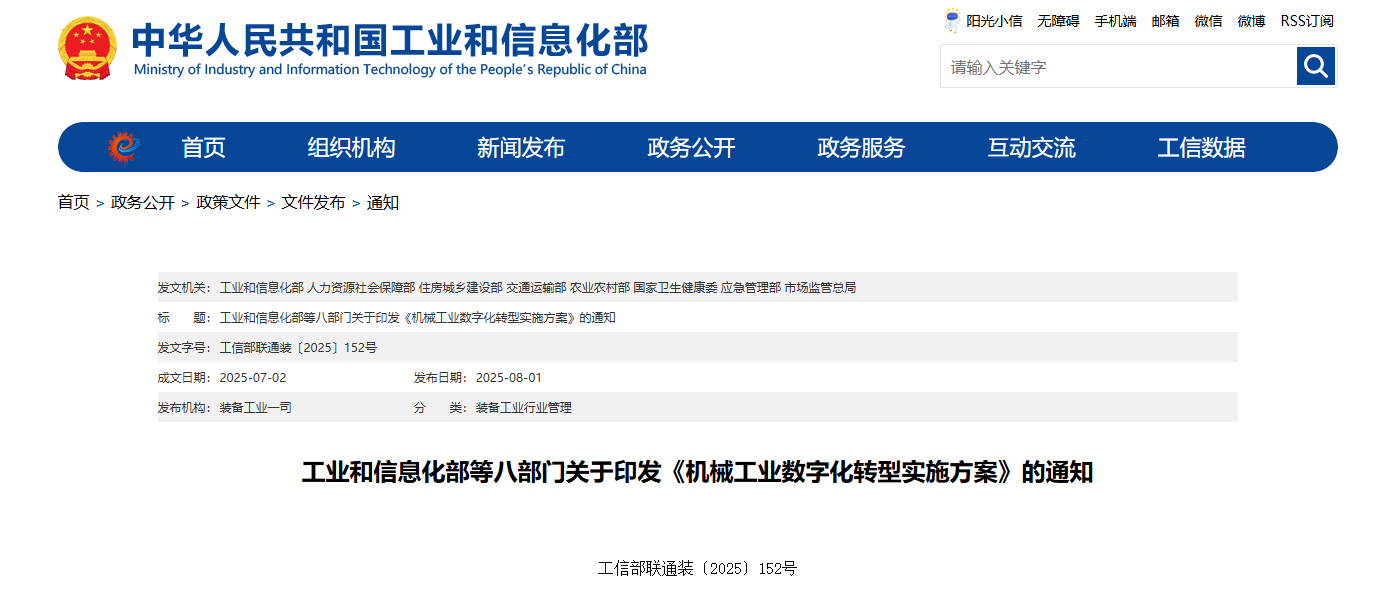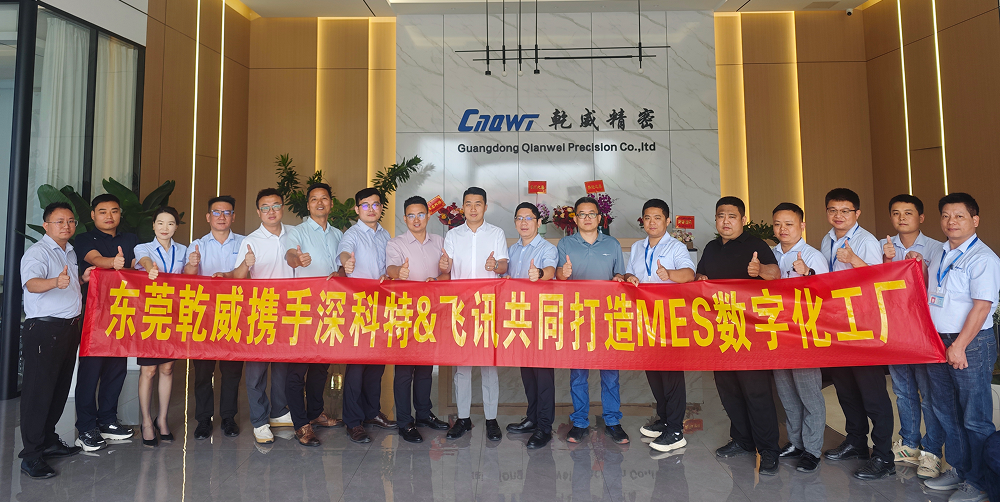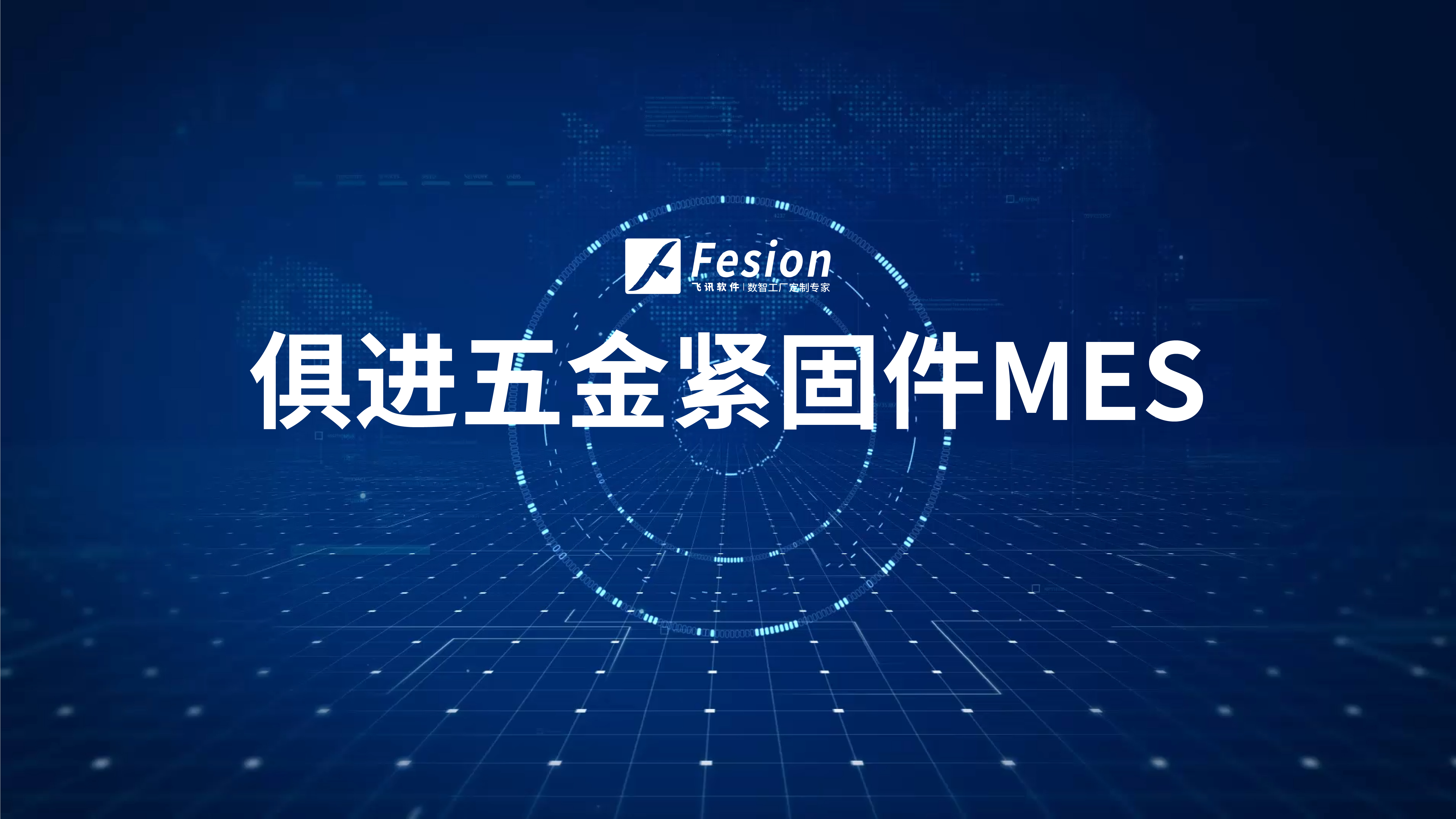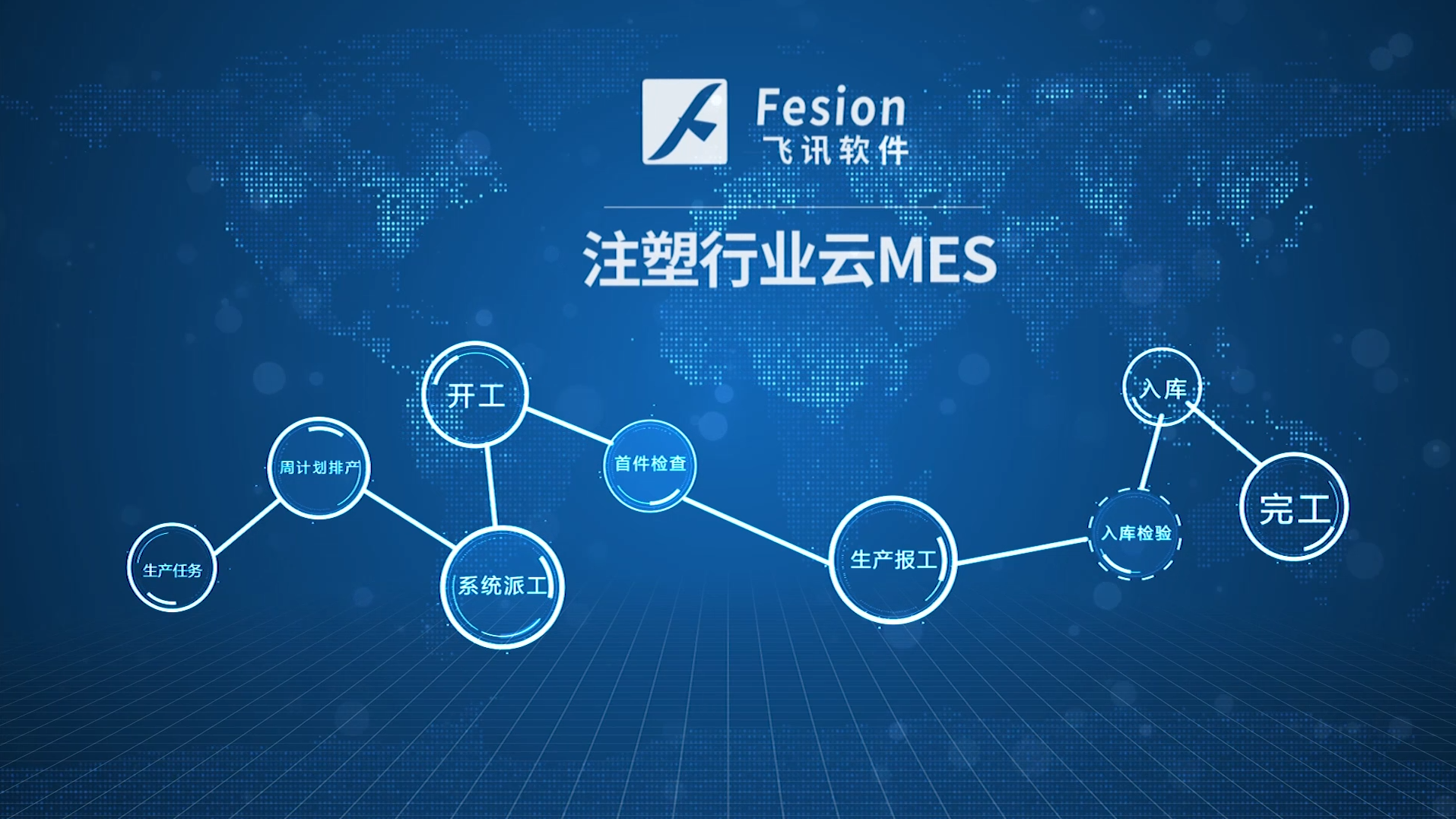中小企业SRM系统市场前景

Title: Exploring the Promising Market Prospects of SRM Systems for Small and Medium-sized Enterprises (SMEs)
Introduction:
The market for Supplier Relationship Management (SRM) systems has witnessed rapid growth in recent years. While SRM initially gained popularity among large corporations, its potential benefits for small and medium-sized enterprises (SMEs) cannot be overlooked. In this article, we will examine the market prospects of SRM systems for SMEs from multiple angles.
1. Enhanced Supplier Collaboration:
SRM systems empower SMEs by facilitating effective communication and collaboration with suppliers. These systems streamline the procurement process, allowing SMEs to establish stronger relationships with their suppliers. By providing a centralized platform for sharing information, managing contracts, and monitoring performance, SRM systems enable SMEs to optimize their supplier engagements, resulting in improved efficiency, cost savings, and better product quality.
2. Competitive Advantage:
SMEs often face stiff competition from larger enterprises due to resource limitations. However, the adoption of SRM systems can level the playing field. These systems enable SMEs to access real-time data on supplier performance, market trends, and pricing. With this valuable insight, SMEs can make informed decisions, negotiate better deals, and stay ahead of the competition. Additionally, SRM systems can also help SMEs identify potential new suppliers, expanding their network and diversifying their supply chain.
3. Risk Mitigation:
SMEs are more vulnerable to supplier-related risks such as disruptions, delays, or quality issues. SRM systems provide SMEs with the tools to proactively manage these risks. Through automated monitoring and alerts, SMEs can identify and address potential issues before they escalate. Moreover, SRM systems enable SMEs to create contingency plans, establish alternative supplier options, and ensure business continuity in the event of unforeseen circumstances.
4. Improved Operational Efficiency:
Efficiency is critical for SMEs looking to maximize productivity and optimize resources. SRM systems offer features such as e-procurement, invoice automation, and performance analytics, which streamline administrative tasks, reduce manual errors, and enhance overall operational efficiency. By automating routine processes, SMEs can allocate more time and resources to core business activities, driving growth and innovation.
5. Scalability and Flexibility:
One of the challenges SMEs face when implementing new systems is scalability. However, SRM systems are designed to cater to the needs of both small and large enterprises. They offer flexibility in terms of customization, integration with other software, and scalability to accommodate the growing demands of SMEs. This adaptability ensures that SMEs can derive long-term value from their SRM investment, regardless of their size or future expansion plans.
Conclusion:
In conclusion, the market prospects for SRM systems in the context of SMEs are highly promising. These systems empower SMEs by enhancing supplier collaboration, providing a competitive advantage, mitigating risks, improving operational efficiency, and offering scalability. As the importance of effective supplier management continues to grow, SMEs can capitalize on SRM systems to optimize their procurement processes and boost overall business performance. Embracing SRM technology will undoubtedly help SMEs thrive in an increasingly competitive marketplace.
��Ѷ���������2006�꣬ӵ�������з����뿪��ƽ̨����һ�Ҽ���Ӫ�������졢�ɹ���ȫ��·���ǻ��������Ʒ����̺ͷ����̡���Ʒ�������ֻ����䡢����������������������˾��MRO��ERP��MES��WMS��CRM��SRM�Ȳ�ƷΪ������Ϊ�ͻ��ṩ���ǻ��������巽���滮��������ܷ�����Χ���������Ǻͳ����ǵ����������ڰ����ͻ������к�ʵ�ʳ������ɴ��С��ɴ��µ����ֻ���Ӫ��ϵ�������������Ϣ�����������ֻ��;������ܻ��������⣬Ϊ��ͬ��ҵ����ͬ��ʵ�ֲ�ͬ�ľ�ӪĿ�ꡣ























请先 登录后发表评论 ~